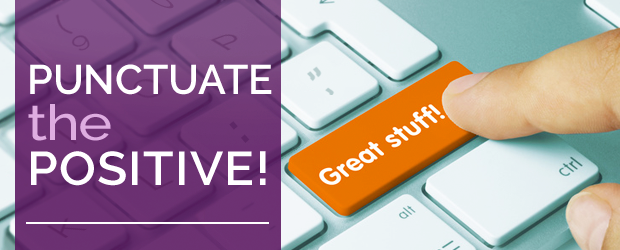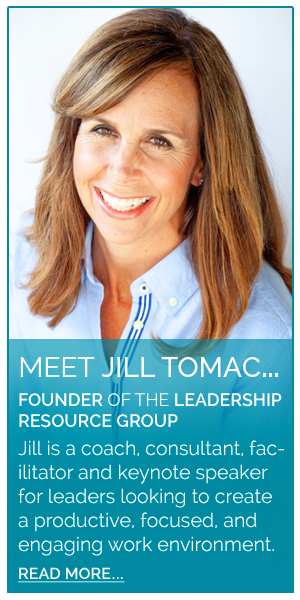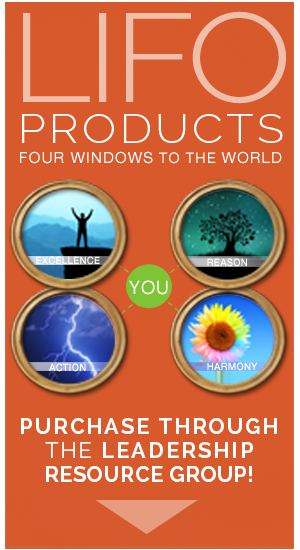A modified version of this article has been featured on MariaShriver.com.
Picture this…
A classroom filled with thirty 4th grade students. The room is quiet. All you can hear is the movement of pencil to paper. It is clear that every child is not only dedicated, but inspired to do his or her best work. As each child completes the assignment, they eagerly walk their work up to the teacher beaming with pride. And after turning in the assignment, they know exactly what to do next. The classroom is void of confusion, chaos or sidebar conversations. It is a well-oiled machine.
This is the result of one teacher who embraces the power of positivity… this is my daughter’s classroom.
My daughter has a teacher who chooses to create organization and discipline through the use of praise … creating an environment of mutual respect.
A teacher who makes the effort to catch students doing things right and makes them the example for others to follow … focusing on the desired behaviors.
A teacher who sees the genius in capitalizing on strengths and elevating confidence as a means to enhance performance … pointing out the positive to generate self-motivation.
Yet through my experience in working with hundreds of organizations in a variety of industries, this method of creating a positive environment is often the exception, not the norm. Most of us have had the experience walking into an environment that just feels… off.
Where performance gaps are the focus, problems are the main topic of discussion, time is frequently wasted, and there is just an overall lack of trust. Nothing feels good about working in an environment like this.
The good news is you have the power to influence these situations. Regardless of title or position, you influence every situation you come into contact with. You see, your mere presence changes the dynamic of the environment… whether positive or negative. When you walk into a situation, you always have a choice in how you show up.
Here are several techniques to ensure you have a positive influence, inspiring the best in others.
BE MINDFUL WITH YOUR WORDS
Your words are powerful. You can use them to either build someone up or beat them down. In the classroom example I shared, the teacher uses words such as “you’re smart”… “you are a very creative writer”… “you really understand this problem”. These affirmations are imprinted in the student’s mind. They begin to think, “yes, that’s me”. The message is internalized. And it not only makes them feel good, it actually elevates performance.
A recent campaign ignited by Dove in partnership with Twitter, #Speak Beautifully, promoted the idea of using positive words when speaking about ourselves or others on social media. They had found that women posted over 5 million negative tweets about their body image over the past year. We live in a culture that critiques, judges, and finds ways to improve. While these are all necessary attributes, when words are not chosen carefully, it can feel like attacks, criticism, and negativity.
Stated so eloquently in The Four Agreements, Don Miguel Ruiz states, “The word is the most powerful tool you have as a human… your word can create the most beautiful dream or your word can destroy everything around you.” You must be mindful with your words.
HIGHLIGHT THE SUCCESS
Catch someone doing something well. Far too often, we take positive behaviors and achievements for granted. When things are running smoothly, we just go about our business. But when someone makes a mistake, we jump on it. What if we were just as diligent about pulling someone aside to talk about an achievement, as we are to discuss a problem? Think about the environment that would create. Think about the confidence that would foster. Think about the results that would generate.
Barbara Fredrickson, a psychologist who studies positive emotions and author of Positivity stated, “Positive emotions broaden [our] scope of attention, cognition and action, and build physical, intellectual and social resources,”. Mario Losada, a researcher, studied some 60 business teams and found that the ratio of positive to negative comments in the highest performing teams was 5.6 to 1. In medium performing teams it was 1.9 to 1 and in low performing teams it was .36 to 1, meaning three negative comments for every positive one.
Research has shown that if we all made a diligent practice of focusing on the positive, we would increase creativity, productivity, and the overall performance within our team.
HIT THE RESET BUTTON
Have you ever walked into work in a bad mood? One of those days where everything seems to go wrong. So why do these days usually go from bad to worse? It is because when you focus on the negative or go as far as engaging others in the negative conversation, you will create and attract more negativity. Misery loves company. As humans, we all have a negativity bias, a stronger reaction to things that are negative than those that are positive or neutral. This is an essential part of our genetic make-up, keeping us out of harm’s way. However, it also means that negativity can be difficult to shake off.
Yet research has been conducted to reveal that those who walk into work in a good mood, are more likely to engage in positive conversations, take more productive actions, and get greater results throughout the day.
So what to do when you’re in a bad mood? Hit the reset button. This can be done by practicing mindfulness techniques such as deep breathing or meditation to refocus on what’s important. You can also infuse yourself with self-care which may be as simple as listening to music you enjoy, going for a quick walk, or grabbing a cup of coffee… whatever will help you shift gears.
If you lead a team, you can help others start the day in a good mood by implementing the daily practice of an invigorating group huddle focusing on something positive or inspiring. You can also have a tremendous influence on those around you by acknowledging when someone is in a bad mood and allowing them time to explore the distraction and then helping them to shift gears, focusing on what they want to create.
As Abraham Lincoln said “most folks are about as happy as they make up their minds to be.”
You see, we all have a choice in how we show up, respond to others, and focus our energy.





Great article, Jill. I love the opening message with the classroom. Thank you for sharing! Michelle
Thank you Michelle, my daugther’s teacher is truly artful in how she “punctuates the positive” and it makes a HUGE difference in the classroom! I’m glad you enjoyed the article.
Jill I’m sending this to my son who is in the process of hiring his first team. Thank you!
That is awesome Betsy, please have him reach out to me if he would like to talk further about how to implement these concepts within his team. Thanks for sharing!
Hi Jill, all of the above and positivity is contagious! It’s easy to let other people’s bad moods drag us down. I love the challenge of bringing them up!
P.S. I loved the story about your daughter’s class. She’s so lucky to have such a fantastic teacher.
~ Nadine
Thanks for your comment Nadine! You are so right that positivity and negativity are both highly contagious. And that we all have a choice in which way we show up & influence a situation.
Jill,
your blog is more helpful than Oprah and Deepak Chopra. I think you are terrific. – love reading your blog and applying it to my life in general!
Wow, thank you Linda! I am so glad you find my blog helpful…you just made my day!